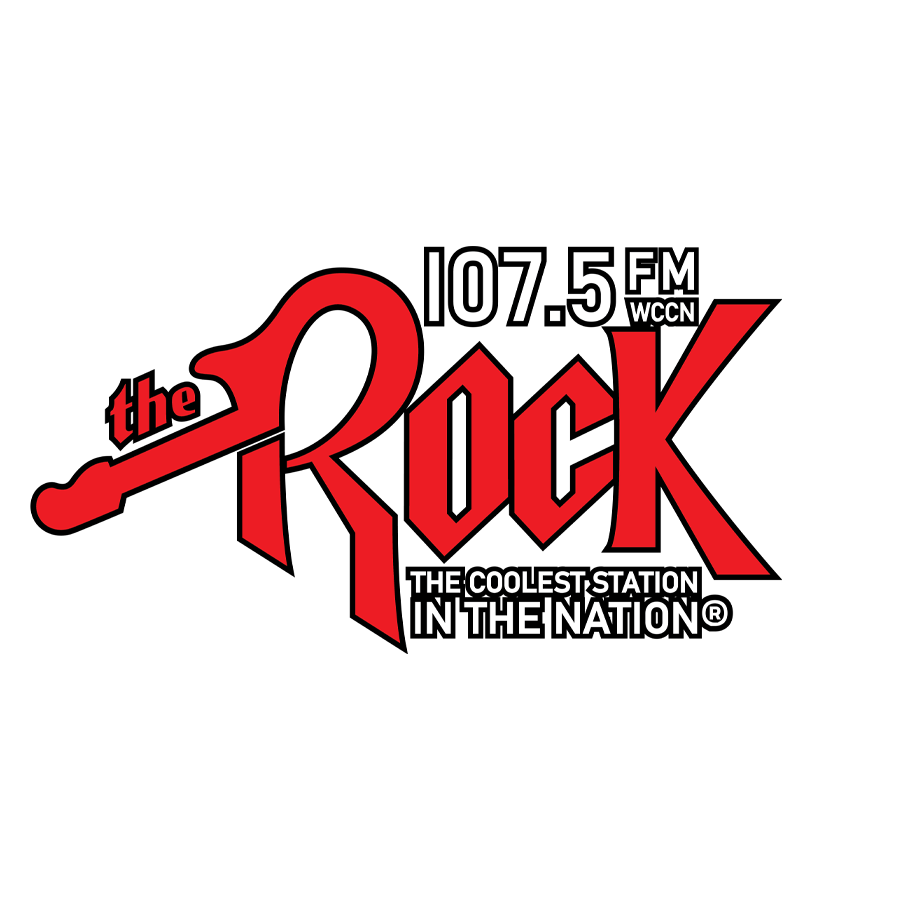DNR Releases 2020-21 Statewide Waste Characterization Study
Friday, September 3rd, 2021 -- 8:03 AM
The Wisconsin Department of Natural Resources announced the release of its 2020-2021 statewide waste characterization study.
The study provides valuable insight into what is going into Wisconsin landfills, and is a powerful planning tool for waste reduction and minimization efforts. The DNR contracted with SCS Engineers, an environmental consulting and contracting firm, to complete the study.
Crews visited 14 landfills and one solid waste transfer station around the state and hand sorted 398 samples of solid waste from residential and commercial sectors. In addition, SCS staff visually inspected 659 samples of construction and demolition debris.
Samples were sorted into 85 distinct waste components that were grouped into eight waste categories. The sorting took place over two distinct periods, Sept.-Nov. 2020 and March-April 2021.
Therefore, study results are likely affected by the pandemic. Two three-month windows of data collection should help minimize the impacts of any particular event within the pandemic.
Because this study is a snapshot of Wisconsin landfills in 2020 and 2021, it should be regarded as representative of Wisconsin’s landfilled municipal solid waste within that timeframe.
Organic waste, materials such as food and yard waste, was the largest category of waste found in landfills statewide. Specifically, wasted food, which is formerly edible food that was spoiled or discarded without being eaten, was the largest component at 14.5%, and inedible food scraps, such as banana peels, was the third largest at 6%.
Combined, these food wastes make up double the percentage found in a previous Wisconsin landfill study conducted in 2009. There are simple things households can do to reduce landfilled food waste that also save money.
Plan ahead by bringing a shopping list to the grocery store to prevent buying in excess, store food properly to extend its life, understand food expiration labels and compost food scraps.
The waste characterization study results also indicate that the process of separating recyclables from the garbage bound for landfills could be improved. Diverting recyclables from the landfill would save money and supply raw materials to manufacturers, potentially allowing for more efficient production.
The 2020 study found increased amounts of recyclable materials relative to the 2009 study. These are recyclables that were mistakenly put into the trash instead of recycling bins.
The types of recyclables that have increased in abundance in landfills since 2009 include No. 1 and No. 2 plastic containers, glass containers, aluminum and steel containers, cardboard and office paper.
Based on the results, the DNR estimates that in 2020, Wisconsinites threw away 490,300 tons of these recyclable materials with an estimated market value of more than $76 million.
The recyclables that ended up in landfills could join the 754,000 tons processed each year and sent for reuse or recycling by facilities that manage residential recycling.
Wisconsin’s statewide recycling law is designed to provide recycling access to all residential properties, businesses and institutions. Recycling successes are also identifiable in the data.
In 2009, roofing shingles were the second largest material in the municipal solid waste stream and the largest in the construction and demolition waste stream.
Since 2009, recycling asphalt shingles, a process which consists of sorting out the roofing paper, grinding the shingles and remixing it in asphalt plants to be repurposed in roads, has become much more prevalent and the infrastructure has increased.
Shingles no longer rank in the top 10 largest waste types for municipal waste and have decreased from 30% to 10% of the landfilled construction and demolition waste stream.
The top five materials, by weight, found in Wisconsin landfills included:
Wasted food that was formerly edible;
“Other flexible films” including candy wrappers and chip bags;
Food preparation scraps that are not traditionally edible like peels, bones and shells;
Textiles, including clothing, cloth furnishings and bedding;
And “compostable paper,” which is typically paper products that cannot be recycled, such as facial tissues and used paper plates.
This information, and other data from this study, will be crucial as the DNR explores where to focus new waste reduction methods and strategies focusing on reducing household and commercial waste and how to divert waste from landfills.
The DNR will continue to work closely with the Associated Recyclers of Wisconsin, recycling and composting facilities, landfill operators as well as local governments to promote ideas and policies to reduce unnecessary waste.
Feel free to contact us with questions and/or comments.




